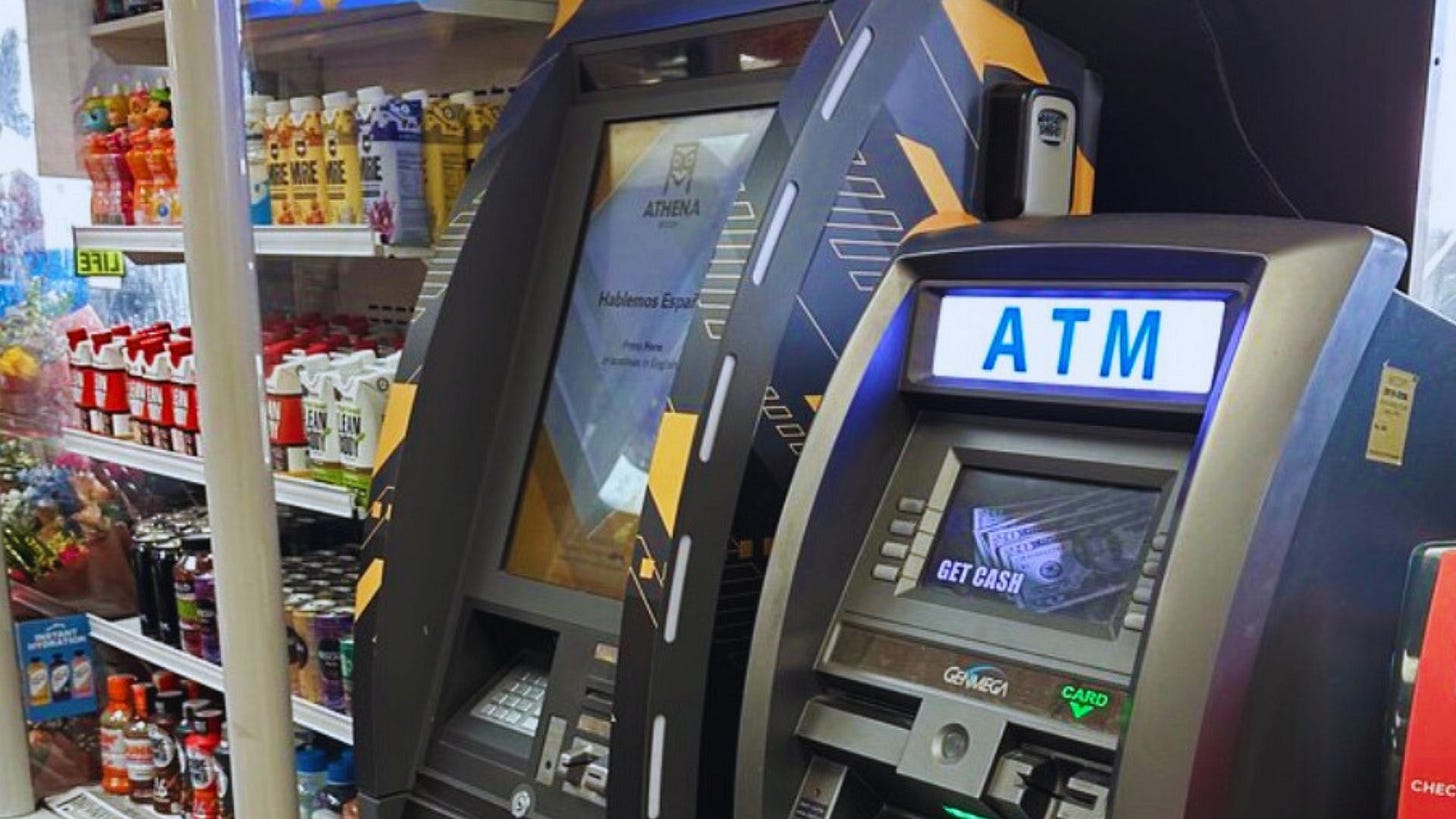FinCEN issues warning on crypto ATMs amid soaring scam complaints
A rise in scams and money laundering has prompted the U.S. Treasury watchdog to warn banks about risks tied to crypto ATMs.
The U.S. Department of the Treasury’s Financial Crimes Enforcement Network (FinCEN) has issued a notice to financial institutions warning of suspicious activity tied to crypto ATMs, also known as convertible virtual currency (CVC) kiosks.
The Aug. 4 advisory urges increased vigilance and highlights how scammers and criminal organisations are increasingly exploiting these machines.
Crypto ATMs were cited in nearly 11,000 scam complaints submitted to the FBI’s Internet Crime Complaint Center (IC3) in 2024 alone, representing $246.7 million in victim losses. That’s nearly double the number of complaints from 2023 and a 31% increase in reported losses.
"While CVC kiosks can be a simple and convenient way for consumers to access CVC, scammers and other illicit actors can also exploit their simplicity and convenience," FinCEN said.
The surge in scams represents a growing regulatory challenge in the U.S. as crypto ATMs become a common vector for fraud and money laundering. Often located in gas stations, convenience stores and other high-traffic areas, these kiosks enable users to buy (and sometimes sell) cryptocurrencies with little oversight. That convenience is exactly what makes them vulnerable to abuse.
These machines have also become tools for laundering drug money. According to the advisory, the Drug Enforcement Administration (DEA) has observed transnational criminal organizations, such as the Cartel Jalisco Nueva Generación, increasingly using the ATMs to facilitate quick and anonymous international transfers.
Functionally, crypto ATMs work much like traditional ATMs but are less regulated. They appeal to users unfamiliar with blockchain technology by offering a familiar interface to purchase and send digital currencies.
However, this same simplicity is being used against the most vulnerable. Federal Trade Commission (FTC) data shows people aged 60 and older are more than three times as likely to report a loss using a crypto ATM compared to younger adults.
FinCEN also emphasised the role of noncompliant operators in enabling crime. "Some noncompliant operators may use a personal account or accounts in the names of fake businesses or other entities to make cash deposits and withdrawals," the agency wrote. "If asked about the purpose of transactions, the operators may avoid answering or provide misleading answers to financial institutions."
One cited case illustrating these concerns involved California resident Kais Mohammad, a.k.a. "Superman29," who was sentenced in 2021 to 24 months in federal prison for operating an illegal CVC money services business called Herocoin. He pled guilty to money laundering, operating an unlicensed money transmitting business, and failing to maintain an anti-money laundering program.
Between 2014 and 2019, Mohammad processed up to $25 million, some of it on behalf of criminals, using in-person transactions and a network of crypto ATMs. He charged commissions of up to 25%.
Crypto ATMs often impose fees ranging from 7% to 20%, significantly higher than traditional payment methods. Yet scammers continue to exploit them due to the speed and ease of converting victim payments into cryptocurrency.
Some U.S. states have introduced or are planning legislation to tighten oversight of crypto ATMs, but the fast growth of the sector has outpaced enforcement. FinCEN noted that this growth has come with "substantial rates of non-compliance with AML/CFT rules by CVC kiosk operators."
Elsewhere, countries are taking firmer stances. The UK effectively banned crypto ATMs in 2022 unless operators register with the Financial Conduct Authority (FCA) as cryptoasset exchange providers. So far, none have complied, and multiple illegal machines have been seized.
In Australia, regulators have also turned their focus to crypto ATM abuse. In June, authorities warned that over AU$275 million ($178 million) flows through the machines annually, with a significant portion tied to scam activity.



